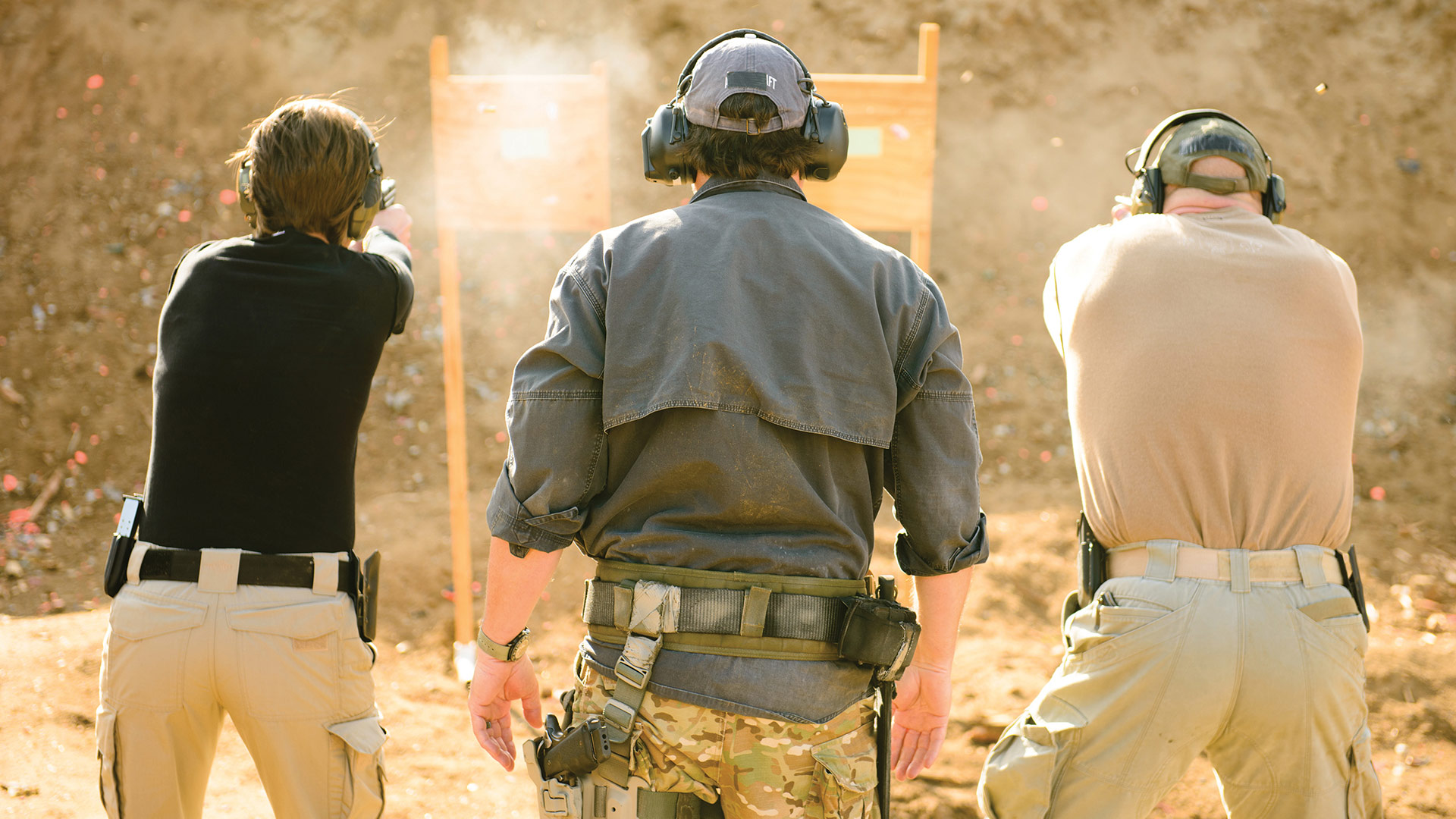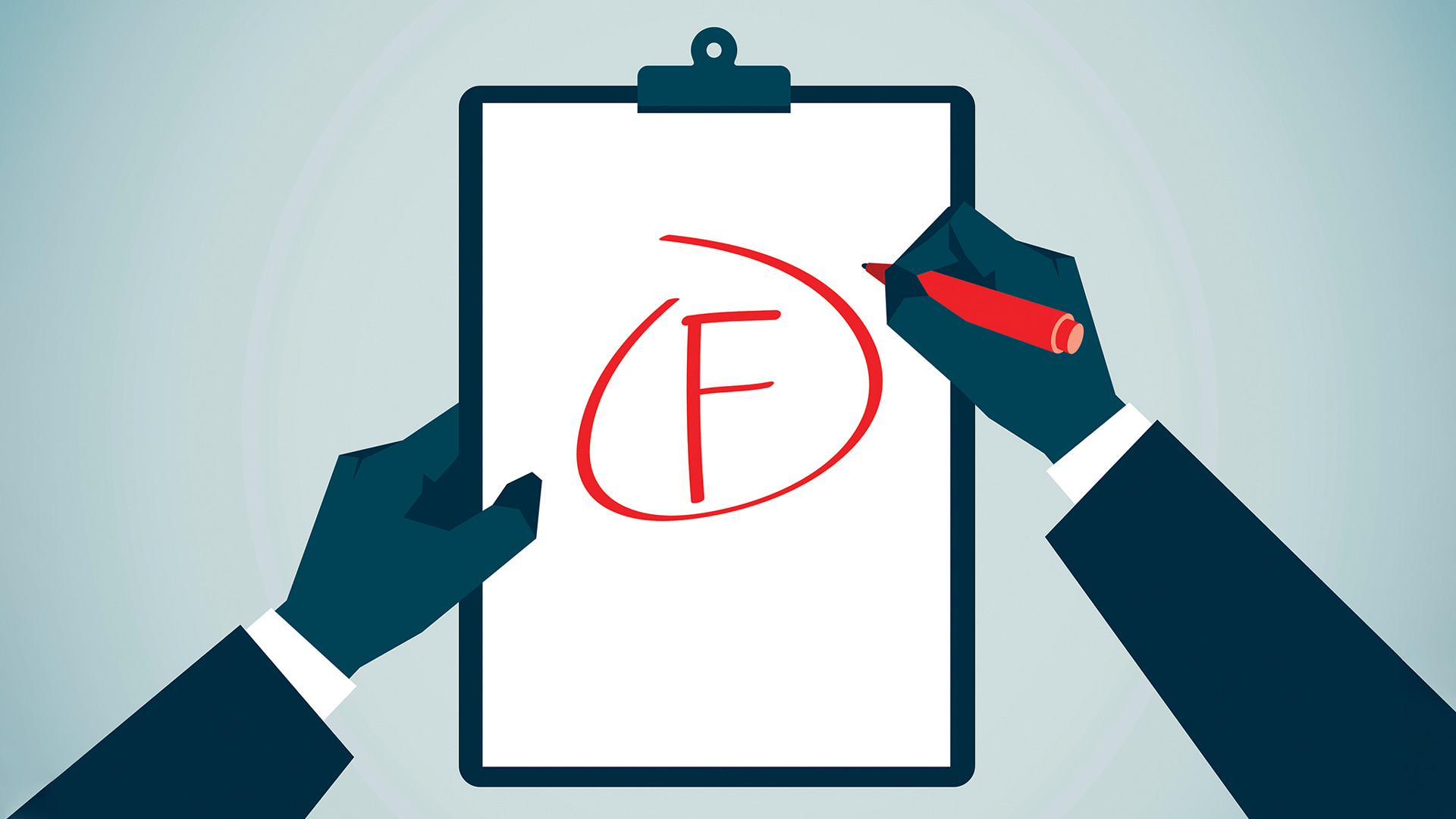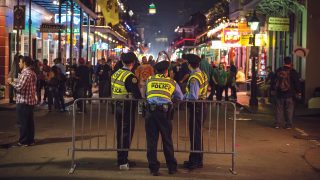
Renowned firearms instructor and gun writer Dave Spaulding coined the term “dipshittery” to describe the plethora of nonsensical behavior he saw from society in general and the firearms community specifically. There were so many examples of dipshittery shared in his classes over the years that Dave could write another book based solely on his observations of this phenomenon.
There’s no official dictionary definition of dipshittery, but you can find the term defined online as “obnoxious stupidity.” This sounds like an accurate and concise definition of a term that could be broadly used to describe any senseless, foolish or absurd behavior. Starting with this foundation, I want to take a deep dive into some of the training dipshittery I’ve observed over the years. Hang on, because if I haven’t offended anyone yet, I’m sure we are about to make someone outraged.
Too many departments have their firearm instructors or SWAT officers conduct force-on-force training without getting them trained to do it safely.
Annoying versus dangerous
Training dipshittery can be divided into categories, but the easiest way is to separate the dangerous dipshittery from the annoying stuff. This can be difficult, because there’s a good argument to be made that the annoying stuff could be dangerous. One of my pet peeves, and an example of training dipshittery in the annoying category, is officers who attend instructor or advanced training but insist on continuing to do things the same way they’ve always done them. Why bother going to training when all you’re doing is practicing the same stuff you always do? Practice and training are two different things. If you go to training, especially instructor-level training, work on doing things the way the class presents the material. If it doesn’t work for you, fine. But it may work for one of your students, which is why you’re at an instructor course in the first place.
An example of annoying training dipshittery that could bridge into the category of being dangerous is rewriting the firearms safety rules. In their quest to put their stamp on training programs, some people simply can’t leave the rules alone. There have been several examples, and the result is a confusing mix of the classic rules with overly complicated and confusing new verbiage. Ask any knowledgeable armed professional what the firearm safety rules are, and you will get some version of the original rules as written by Colonel Jeff Cooper, the founder of Gunsight Academy:
- Treat every gun as if it were loaded.
- Never let the muzzle cover anything you are not willing to destroy.
- Keep your finger straight and off the trigger until your sights are on the target.
- Be sure of your target and what is beyond it.
Most shooters know these rules by memory, if not verbatim. The problem lies in the fact that most instructors, and nearly all officers and academy cadets, have no idea what the new rules say, so they simply revert to the standardized firearm safety rules. Why bother rewriting the rules in the first place when everything is covered in a simple, concise, easy-to-remember format? The only answer is to put your personal stamp on a program. Making a change with no benefit instead of putting in the work to make a difference is training dipshittery.
Know your tools
As a firearm instructor, I’ve seen some odd things. The most common are people who feel an overwhelming desire to have the latest gadget, thinking it will be a simple solution for their lack of skill. Other than their pocketbook and ego, nothing gets hurt by this behavior, but nothing gets accomplished, either.
On the other hand, I had a student in a firearm instructor class carrying a Sig Sauer P226, a double-action/single-action pistol without a manual safety, in their holster with the hammer back in single-action mode. WTH?!? This was an actual instructor with the responsibility of training others to use a firearm to protect lives. Unlike spending money on gadgets, this type of behavior increases the likelihood someone will get injured. Carrying a loaded, single-action pistol without a manual safety is training dipshittery and should not be considered acceptable by a professional police officer.

Unsafe trainers
While we’re on the topic of unsafe instructor behavior, the most tragic examples of training dipshittery are instructors who conduct force-on-force training without following the guidelines developed by Ken Murray and detailed in his book Training at the Speed of Life. Too many departments have their firearm instructors or SWAT officers conduct force-on-force training without getting them trained to do it safely. All too often, the result is training that fails to deliver performance improvement while creating risk by unnecessarily putting the lives of the officers and role-players in jeopardy. Conducting force-on-force training should be an integral part of training officers, and it’s not difficult to do it safely and effectively. Instructors must deliver effective training while mitigating risk, not creating it.
Along the same lines, there was a retired FBI firearm instructor on the West Coast who was conducting training classes with students standing next to the targets, “so they could get used to the sound of bullets flying by.” Absolute training dipshittery! I don’t want officers to “get used to the sound of bullets flying by.” I want the sound of bullets flying by to be a threat indicator. This trainer is an unquestionable idiot for having his students engage in this type of dipshittery, but the students who participated in this are also guilty of training dipshittery.
Academy nonsense
Academy training staff aren’t immune to training dipshittery. For decades, many academies have been run like military boot camp — drill instructors who yell and scream, throw stuff around, use fitness as punishment, march the class around the parade grounds and carry on as if they were Gunnery Sergeant Hartman from the classic war film Full Metal Jacket. Is this how we want to train our police officers? Are these the role models we want teaching our new officers how to behave and communicate with people? If you haven’t heard, the military and civilian law enforcement officers have completely different missions and objectives. One fights wars with mostly 18-to-20-year-olds, and the other is training adults, with at least some life experience, to help solve problems in everyday life.
Basic police academies should be staffed with people who are good role models. They should be great communicators who are well-spoken but listen like good investigators. They should share methods of maintaining a calm demeanor and rational thought process while others are in panic. Outside of the academy or specialized assignment to an honor guard, when was the last time you marched in formation? What a colossal waste of valuable training time that could be spent on something useful to the trainees during their career.
Perhaps the most dangerous of all these is the use of physical fitness as punishment. Fitness should be encouraged as a law enforcement lifestyle. The job is already difficult enough, but then we add more factors that make health and wellness a challenge: stresses of shift work, callouts, unscheduled meal breaks, family obligations and sleep deprivation. When trainers develop a subconscious aversion to fitness in trainees, these officers regard working out as a chore or something to despise. Instead, academies should be encouraging wellness and fitness to improve quality of life and ensure officers get the opportunity to spend as much time as possible in their hard-earned retirement. Thankfully, there are academies working hard to eliminate this type of training dipshittery. Contact me if you want a point of contact at one of those academies.
Call it out
If you see training dipshittery in the wild, call it out and let me know. Maybe I’ll make this an annual article with updated information from your stories.
As seen in the September 2025 issue of American Police Beat magazine.
Don’t miss out on another issue today! Click below:






